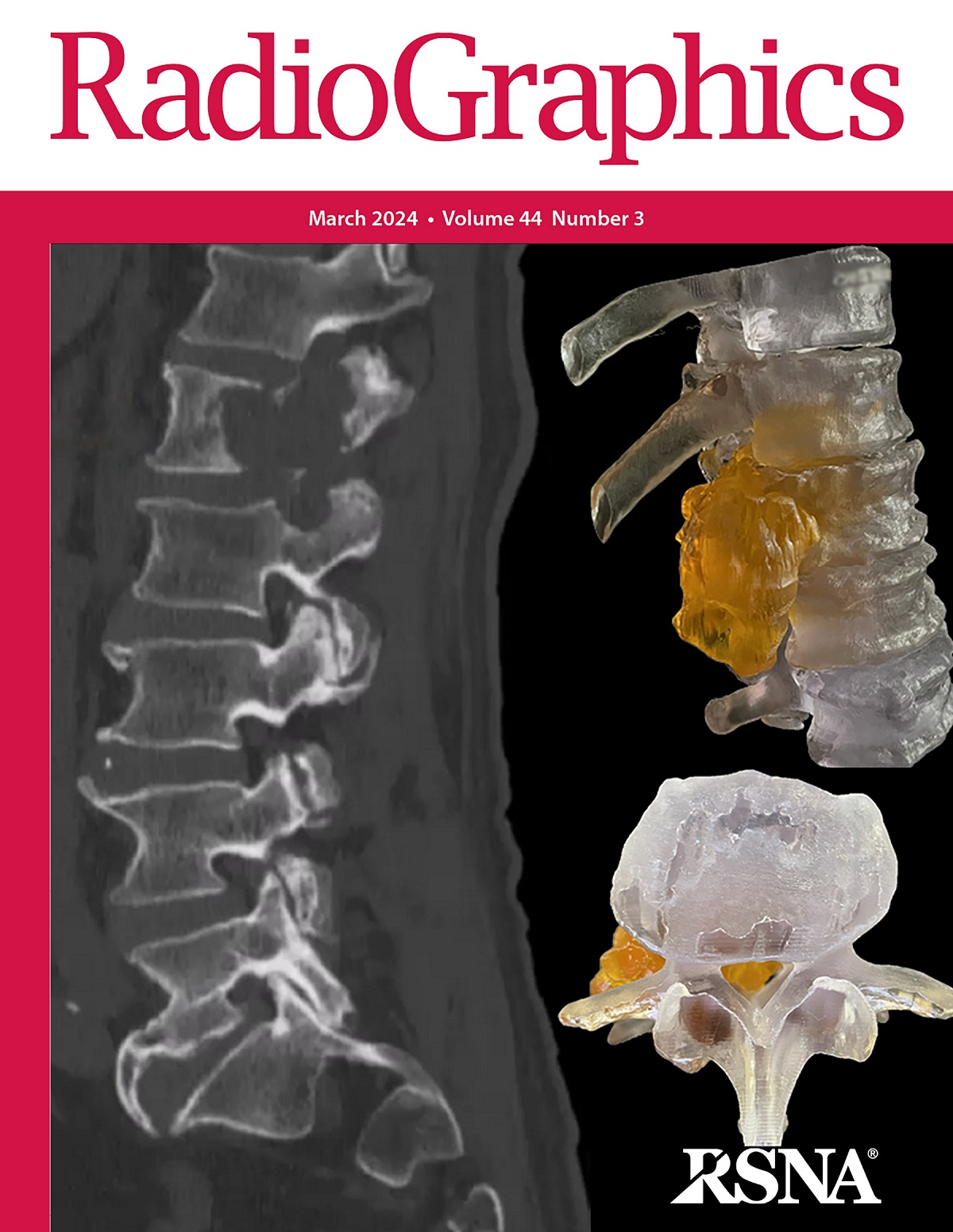Routine and Advanced Neurologic Imaging at 0.55-T MRI: Opportunities and Challenges.
Lauren J Kelsey, Nicole Seiberlich, Joel Morehouse, Jacob Richardson, Ashok Srinivasan, Jayapalli Bapuraj, John Kim, Vikas Gulani, Shruti Mishra
求助PDF
{"title":"Routine and Advanced Neurologic Imaging at 0.55-T MRI: Opportunities and Challenges.","authors":"Lauren J Kelsey, Nicole Seiberlich, Joel Morehouse, Jacob Richardson, Ashok Srinivasan, Jayapalli Bapuraj, John Kim, Vikas Gulani, Shruti Mishra","doi":"10.1148/rg.240076","DOIUrl":null,"url":null,"abstract":"<p><p>MRI for diagnosis and assessment of neurologic conditions is most commonly performed on 1.5- and 3.0-T systems. Recently, motivation to increase accessibility to MRI, coupled with advances in software and hardware, has sparked renewed interest in MRI systems with magnetic field strengths ranging from 0.064 T to 1.0 T. The authors describe the protocols and indications for neuroradiologic imaging performed on a modern whole-body, mid-field-strength 0.55-T MRI system. The overall image quality of routine clinical brain and spinal imaging at 0.55 T is lower than that at 1.5 T but still diagnostic for many routine indications. The intrinsic benefits of using a lower main magnetic field strength may be leveraged for imaging intracranial and spinal hardware due to diminished susceptibility artifacts and pose new opportunities for increased MRI safety. In addition, the imaging of structures that are near bone, such as the internal auditory canal, may represent an opportunity for additional use of MRI with lower magnetic field strengths due to reduced magnetic susceptibility differences and greater field homogeneity. However, lower main magnetic field strength limits the use of frequency-selective fat saturation and introduces challenges for Dixon-based fat suppression. The limitations of one specific 0.55-T system include acceleration artifacts and insufficient signal intensity of dynamic contrast-enhanced susceptibility-weighted perfusion imaging, which precluded the evaluation of multiple sclerosis and primary brain tumors. Investigations of ongoing technical developments of 0.55-T MRI include exploring sequence structures that are particularly advantageous at lower field strengths, such as those in balanced steady-state free-precession and single-shot fast spin-echo MRI, which are being used in functional and fetal MRI. Deep learning algorithms are also being used to improve image quality while maintaining or reducing imaging times. <sup>©</sup>RSNA, 2025 Supplemental material is available for this article. See the invited commentary by Pai and Jabehdar Maralani in this issue.</p>","PeriodicalId":54512,"journal":{"name":"Radiographics","volume":"45 3","pages":"e240076"},"PeriodicalIF":5.2000,"publicationDate":"2025-03-01","publicationTypes":"Journal Article","fieldsOfStudy":null,"isOpenAccess":false,"openAccessPdf":"","citationCount":"0","resultStr":null,"platform":"Semanticscholar","paperid":null,"PeriodicalName":"Radiographics","FirstCategoryId":"3","ListUrlMain":"https://doi.org/10.1148/rg.240076","RegionNum":1,"RegionCategory":"医学","ArticlePicture":[],"TitleCN":null,"AbstractTextCN":null,"PMCID":null,"EPubDate":"","PubModel":"","JCR":"Q1","JCRName":"RADIOLOGY, NUCLEAR MEDICINE & MEDICAL IMAGING","Score":null,"Total":0}
引用次数: 0
引用
批量引用
Abstract
MRI for diagnosis and assessment of neurologic conditions is most commonly performed on 1.5- and 3.0-T systems. Recently, motivation to increase accessibility to MRI, coupled with advances in software and hardware, has sparked renewed interest in MRI systems with magnetic field strengths ranging from 0.064 T to 1.0 T. The authors describe the protocols and indications for neuroradiologic imaging performed on a modern whole-body, mid-field-strength 0.55-T MRI system. The overall image quality of routine clinical brain and spinal imaging at 0.55 T is lower than that at 1.5 T but still diagnostic for many routine indications. The intrinsic benefits of using a lower main magnetic field strength may be leveraged for imaging intracranial and spinal hardware due to diminished susceptibility artifacts and pose new opportunities for increased MRI safety. In addition, the imaging of structures that are near bone, such as the internal auditory canal, may represent an opportunity for additional use of MRI with lower magnetic field strengths due to reduced magnetic susceptibility differences and greater field homogeneity. However, lower main magnetic field strength limits the use of frequency-selective fat saturation and introduces challenges for Dixon-based fat suppression. The limitations of one specific 0.55-T system include acceleration artifacts and insufficient signal intensity of dynamic contrast-enhanced susceptibility-weighted perfusion imaging, which precluded the evaluation of multiple sclerosis and primary brain tumors. Investigations of ongoing technical developments of 0.55-T MRI include exploring sequence structures that are particularly advantageous at lower field strengths, such as those in balanced steady-state free-precession and single-shot fast spin-echo MRI, which are being used in functional and fetal MRI. Deep learning algorithms are also being used to improve image quality while maintaining or reducing imaging times. © RSNA, 2025 Supplemental material is available for this article. See the invited commentary by Pai and Jabehdar Maralani in this issue.


